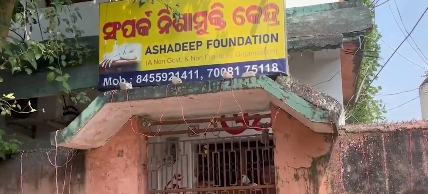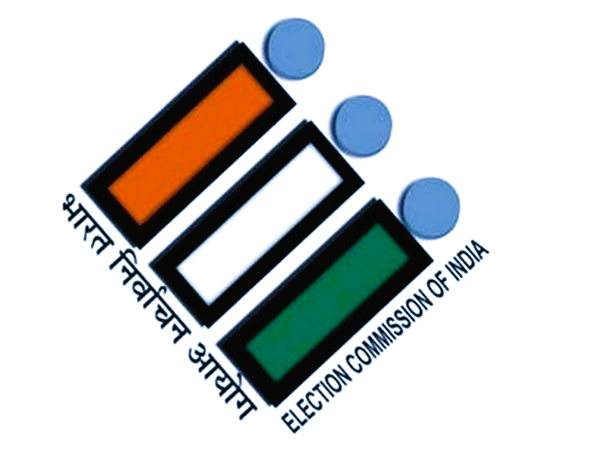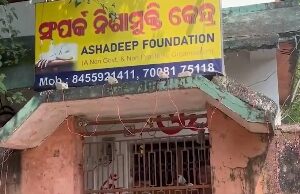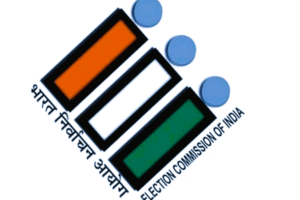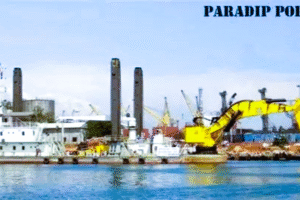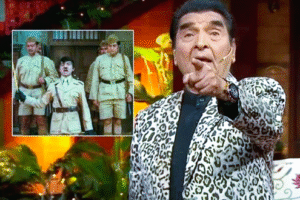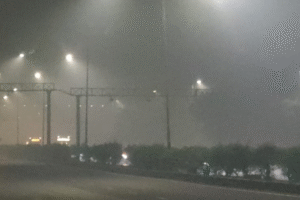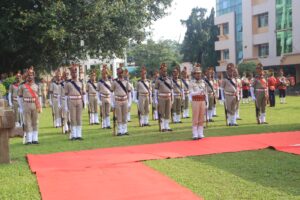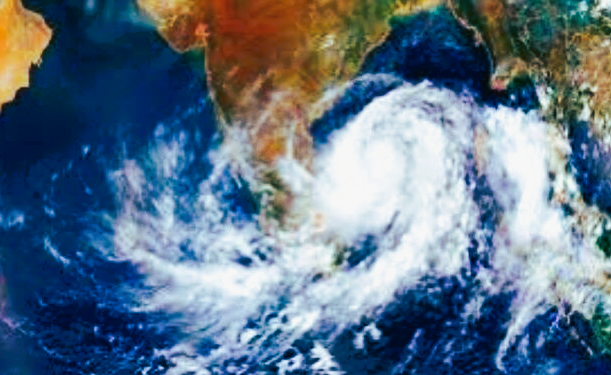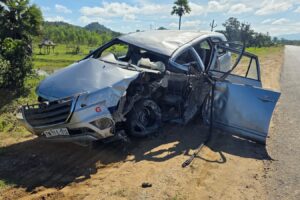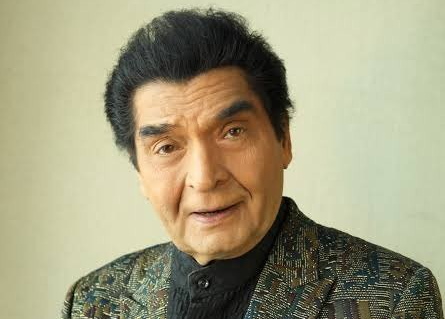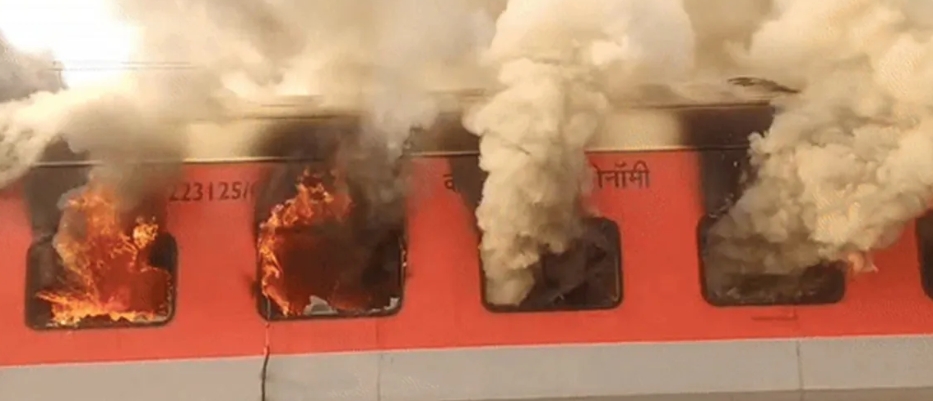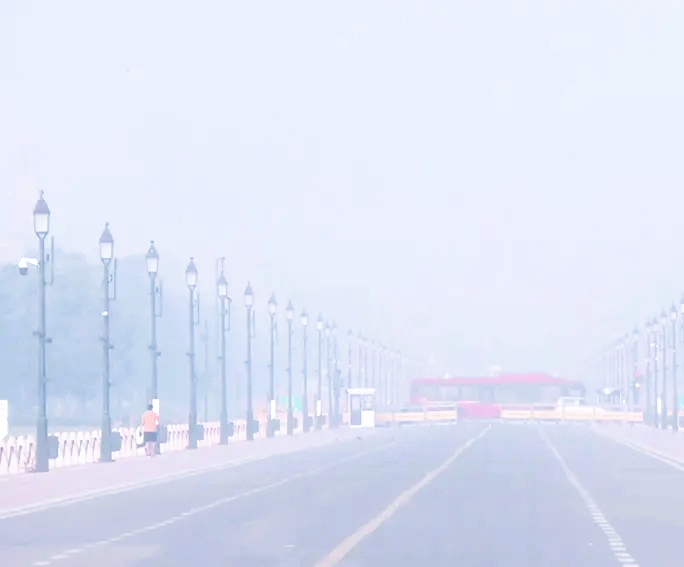
Delhi’s Diwali 2025 Dims Under Toxic Air and GRAP-2 Curbs
Delhi ushered in Diwali 2025 with vibrant lights and festive fervor, but celebrations were clouded by a sharp spike in air pollution.
On Sunday evening, the city’s Air Quality Index (AQI) plunged into the “very poor” category, prompting authorities to enforce Stage II of the Graded Response Action Plan (GRAP-2) across Delhi-NCR.
According to the Central Pollution Control Board (CPCB), Anand Vihar recorded a hazardous AQI of 414, while most other monitoring stations reported levels above 300. Only the Sri Aurobindo Marg offered some respite with an AQI of 158.
Officials attributed the pollution surge to emissions from nearby NCR towns, firecracker usage, vehicular traffic, and shifting weather patterns.
GRAP-2 restrictions now include a ban on non-BS-VI diesel and non-CNG buses entering Delhi, higher parking fees, and tighter control over diesel generator sets.
In a bid to balance tradition with safety, the Supreme Court permitted the use of green firecrackers under strict time slots—between 6–7 a.m. and 8–10 p.m. on Diwali and the preceding day.
The India Meteorological Department (IMD) reported a maximum temperature of 33.3°C and a minimum of 20.6°C, with misty conditions expected on Monday morning.
Authorities urged residents to celebrate responsibly, emphasising indoor gatherings, carpooling, and protective measures like masks.
Health experts advised vulnerable groups—including children, the elderly, and those with respiratory issues—to avoid outdoor exposure.

